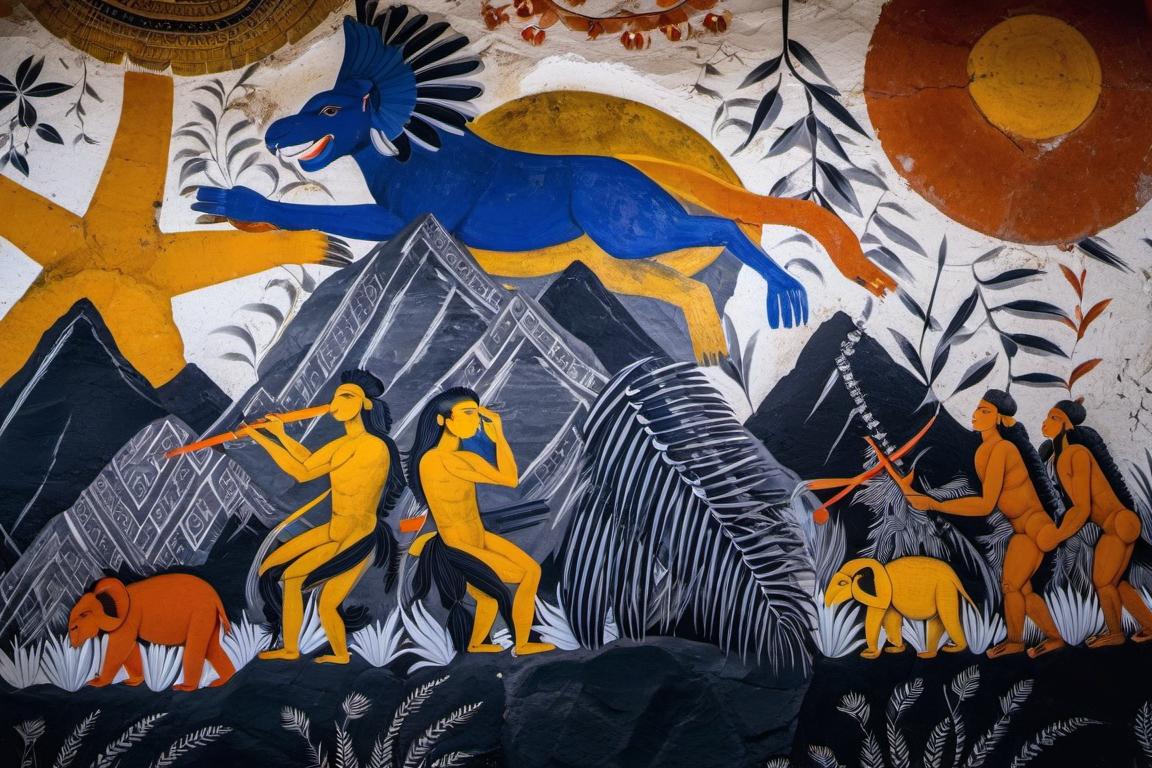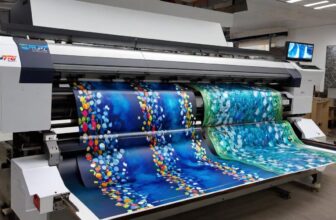
The Evolution of Painting: From Cave Walls to Digital Canvases
Painting is one of humanity’s oldest and most profound methods of expression. From the simple strokes on cave walls to the intricate details of digital canvases, painting has evolved alongside human civilization, reflecting cultural, technological, and ideological shifts. This post explores the remarkable journey of painting, highlighting key milestones, techniques, and the ongoing transformation of this timeless art form.
The Dawn of Painting: Prehistoric Beginnings
The origins of painting can be traced back to prehistoric times when early humans adorned the walls of caves with symbolic and narrative imagery. These works, created with rudimentary tools and natural pigments, serve as a window into the lives, beliefs, and environments of our ancestors.
Key Characteristics:
- Materials: Early artists used natural pigments like charcoal, ochre, and hematite, mixing them with animal fat or water to create paint.
- Themes: Common subjects included animals, hunting scenes, and abstract symbols, often tied to survival and spiritual beliefs.
- Techniques: Hands, sticks, and rudimentary brushes made from plant fibers or animal hair were used to apply paint.
Notable Examples:
- The Lascaux Caves in France, dating back over 17,000 years, feature stunning depictions of horses, deer, and other animals.
- The Chauvet Cave, also in France, houses some of the earliest known paintings, showcasing remarkable attention to detail and movement.
These early works laid the foundation for painting as a means of storytelling and cultural preservation.
Ancient Civilizations: Painting as a Reflection of Power and Belief
As societies developed, painting evolved into a sophisticated medium used to celebrate religion, power, and daily life. Ancient civilizations such as Egypt, Mesopotamia, and Greece integrated painting into their architecture, rituals, and artistic traditions.
Egyptian Art:
- Themes: Egyptian paintings depicted gods, pharaohs, and afterlife scenes, emphasizing order and symbolism.
- Techniques: Artists used mineral-based pigments and fresco techniques on walls and papyrus.
- Legacy: The precise and stylized nature of Egyptian art influenced subsequent artistic traditions.
Greek and Roman Art:
- Themes: Mythological narratives, portraits, and still-life paintings were prominent.
- Techniques: Encaustic painting (using wax-based pigments) and frescoes adorned buildings and tombs.
- Notable Examples: The frescoes of Pompeii, preserved by volcanic ash, provide insights into Roman daily life and artistic skills.
These periods saw painting become a tool for preserving history, celebrating divinity, and displaying societal values.
The Renaissance: The Golden Age of Painting
The Renaissance (14th–17th centuries) marked a cultural and intellectual revival, with painting reaching new heights of sophistication and realism. This period, centered in Europe, introduced groundbreaking techniques and celebrated the human experience.
Innovations and Techniques:
- Perspective: Artists like Filippo Brunelleschi and Masaccio pioneered linear perspective, creating depth and realism.
- Chiaroscuro: The use of light and shadow to achieve three-dimensional effects was mastered by artists like Caravaggio.
- Oil Painting: The introduction of oil as a medium allowed for greater detail, vibrant colors, and durability.
Notable Artists:
- Leonardo da Vinci: His Mona Lisa and The Last Supper exemplify the fusion of science and art.
- Michelangelo: Renowned for his Sistine Chapel frescoes, showcasing the power of human form and emotion.
- Raphael: Celebrated for harmonious compositions like The School of Athens.
The Renaissance established painting as both a scientific and expressive discipline, inspiring generations of artists.
The Baroque and Rococo Periods: Drama and Ornamentation
Following the Renaissance, the Baroque (17th century) and Rococo (18th century) periods introduced heightened emotion, movement, and ornate details to painting.
Baroque Art:
- Themes: Religious scenes, dramatic narratives, and royal portraiture dominated.
- Techniques: Dynamic compositions, intense contrasts of light and shadow (tenebrism), and realistic detail.
- Notable Artists: Rembrandt (The Night Watch), Peter Paul Rubens (The Elevation of the Cross), and Diego Velázquez (Las Meninas).
Rococo Art:
- Themes: Lighthearted, romantic, and whimsical subjects characterized this period.
- Techniques: Soft pastels, delicate brushwork, and ornamental designs.
- Notable Artists: Jean-Honoré Fragonard (The Swing), François Boucher (Madame de Pompadour).
These eras emphasized painting’s ability to convey emotion and opulence, catering to the tastes of the elite.
The Advent of Modern Art: Breaking the Rules
The 19th and 20th centuries witnessed a dramatic shift as artists began rejecting traditional rules in favor of innovation and personal expression. Modern Art movements emerged, challenging conventions and exploring new perspectives.
Impressionism:
- Characteristics: Focused on capturing light, color, and atmosphere rather than precise detail.
- Notable Artists: Claude Monet (Impression, Sunrise), Pierre-Auguste Renoir (Dance at Le Moulin de la Galette).
Cubism:
- Characteristics: Fragmentation of subjects into geometric shapes and multiple viewpoints.
- Notable Artists: Pablo Picasso (Les Demoiselles d’Avignon), Georges Braque.
Surrealism:
- Characteristics: Emphasized the subconscious and dream imagery.
- Notable Artists: Salvador Dalí (The Persistence of Memory), Max Ernst.
Modern Art reflected the complexities of a rapidly changing world, embracing abstraction, symbolism, and experimentation.
The Digital Age: Painting Reinvented
The advent of digital technology has revolutionized painting, introducing new tools and possibilities for artists.
Digital Tools and Techniques:
- Software: Programs like Adobe Photoshop, Corel Painter, and Procreate enable artists to create complex digital artworks.
- Hardware: Devices like graphic tablets and styluses offer precision and versatility.
- Augmented and Virtual Reality: These technologies expand the canvas into immersive 3D spaces.
Digital Art Movements:
- Pixel Art: Celebrates the aesthetics of early computer graphics.
- Generative Art: Uses algorithms and AI to create dynamic compositions.
- NFT Art: Blockchain technology has created a new market for digital painting, with artists like Beeple gaining global recognition.
Digital painting democratizes art, making it accessible to a global audience and blurring the lines between traditional and contemporary practices.
The Enduring Power of Painting
Throughout its evolution, painting has remained a vital means of expression, adapting to new contexts and technologies while preserving its core purpose: to communicate, inspire, and provoke thought. Whether etched on cave walls or crafted on digital screens, painting continues to capture the essence of human creativity and innovation.
Painting’s journey from prehistoric caves to the digital realm is a testament to humanity’s boundless imagination and adaptability. As we embrace new tools and mediums, we honor the rich history of painting while forging ahead into an exciting artistic future.





